what is a Persian rug made of
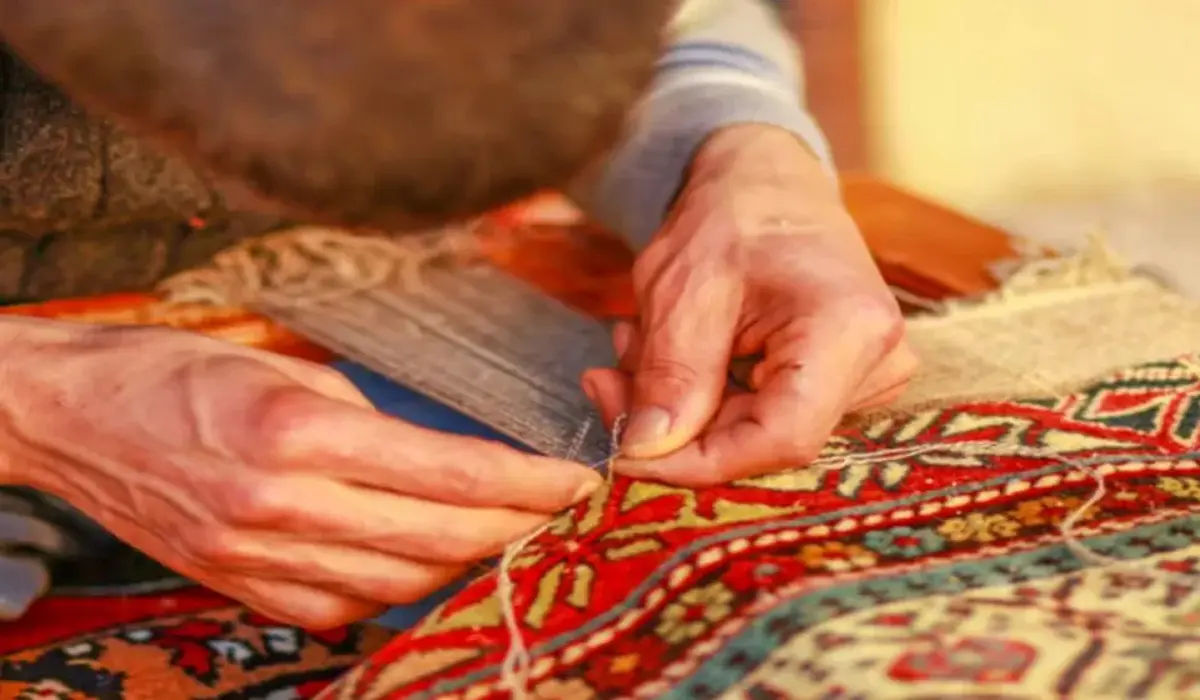
- Negin Masihi
- 7 July 2025
- Blog
- 5 minutes
Persian carpets
The Persian carpet is a precious part of Iran’s culture and art. It is loved not only in Iran but also by people all over the world. But the main question is: what are these authentic and beautiful rugs actually made of? In this article, we’ll dive into the history, techniques, and materials behind Persian carpets to gain a better understanding of this timeless art form.
What Is a Persian Rug and What Makes It Unique?
A Persian rug, also known as an Iranian carpet, is a hand-woven textile usually made of wool, silk, or cotton. These rugs often feature traditional motifs — floral patterns, paisley designs, hunting scenes, or geometric forms — each symbolizing a different region or cultural belief.
What is special about Persian carpets?
The fusion of art, patience, and storytelling — along with high quality materials — is what gives Persian rug their unique charm. Each rug tells a story with its hand-drawn patterns and naturally dyed threads. That’s not something you can find in machine-made rugs from elsewhere.
How Are Persian Rugs Woven?
Traditional Weaving Techniques
The soul of a Persian carpet is tied, quite literally, in its knots. Persian weavers mainly use two knotting styles: the asymmetrical Persian knot (also called Senneh) and the symmetrical Turkish knot (Ghiordes). Each knot is tied individually by hand onto vertical threads, known as warps, creating durability and intricate beauty.
Read also: How to Clean a Persian Carpet
Steps of Weaving a Carpet
First, a detailed pattern (called a “cartoon”) is drawn on special graph paper. Next comes the warping — stretching vertical threads on the loom. The weaver then uses colorful threads to tie knots row by row, following the design. After the final knot, the rug is trimmed, washed, and stretched — and voilà, a masterpiece is born.
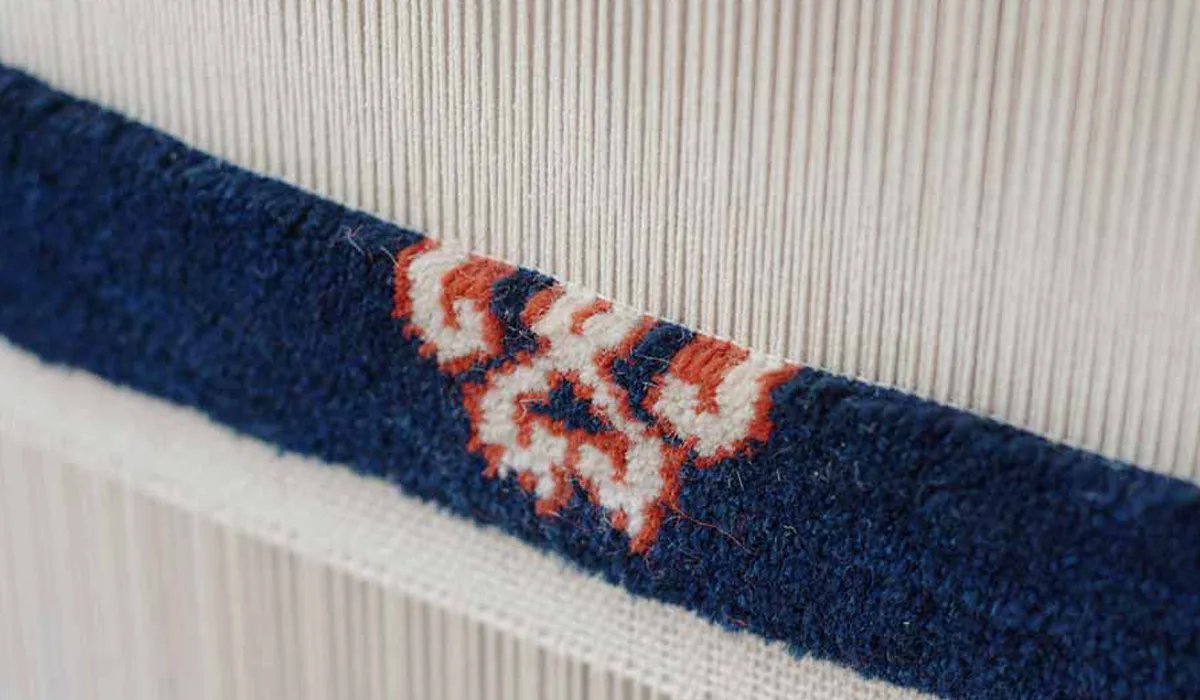
Persian rug dyes
The History of Persian Carpets
Ancient Roots
The Pazyryk rug, discovered in a Scythian tomb in Siberia and dated to the 5th century BCE, is considered the world’s oldest known knotted carpet. Exceptionally well-preserved due to permafrost, it features intricate designs with over 360,000 symmetrical knots per square meter, including motifs of horsemen, griffins, and floral borders. Though its origin is debated—possibly Persian, Armenian, or Scythian—it clearly reflects advanced craftsmanship and cultural exchange across ancient Eurasia. The rug is now housed in the Hermitage Museum in St. Petersburg.
Richard Frye — a prominent American Iranologist — notes about the history of Persian carpets during the Achaemenid era, carpet weaving, along with the production of brocade, silk, and wool textiles, was part of the court and temple handicrafts. He also mentions that the Achaemenids possessed valuable carpets used in the royal court and for ceremonial purposes.
Golden Age During Islamic and Safavid Eras
Another history of Persian carpet backs to the Safavid dynasty (16th–18th century) marked a golden era for Persian carpets. Royal workshops in cities like Isfahan, Tabriz, and Kashan produced rugs of unmatched quality and complexity. Some of these historic pieces are now housed in world-class museums like the Louvre and the Met.

What Materials Are Used in Persian rugs?
Wool Yarn
Wool is the most commonly used material in Persian rugs. It’s soft, strong, and absorbs natural dyes beautifully. The best wool often comes from sheep raised in cold, mountainous regions of Iran, giving it a natural resilience and fine texture.
Silk and Cotton
For more luxurious rugs, silk is used. It gives a brilliant sheen and allows for incredibly fine, detailed designs. You’ll often find silk used in both the pile (the visible surface) and the foundation. Cotton, on the other hand, is usually used for warp and weft threads, adding strength and stability to the rug.
What Is the Most Expensive Type of Persian rugs?
- Pure Silk, Hand-Knotted Rugs : Rugs made entirely of silk and knotted by hand are the most expensive kind. Skilled weavers pour painstaking detail and months of labor into each piece, giving them a radiant, one-of-a-kind brilliance. The finest examples command prices in the hundreds of thousands—sometimes even millions—of dollars.
- Antique Rugs with Historical Significance: Rugs woven in royal workshops during the Safavid period or those signed by renowned master weavers are especially valuable. These are a historical artifacts. You’ll often see them in prestigious auctions or in the private collections of art lovers around the globe.
Natural Dye Sources in Persian rugs
The weavers have historically Persian rug dyes used plant-based, insect-based, and mineral-based dyes. These dyes are cherished for their ability to age beautifully and develop a natural patina over time.
Plant-Based Dyes
Madder Root (Red, Orange, Pink)
- Region: Common across Iran, especially in Yazd and Kashan.
- Color Range: Produces deep reds to light pinks depending on how it’s processed.
- Special Note: Often used in the iconic “Persian Red.”
Indigo (Blue)
- Plant: Indigofera tinctoria or Isatis tinctoria (woad).
- Color Range: Deep navy to light blue.
- Technique: Requires fermentation and oxidation—a labor-intensive process.
Walnut Hulls (Brown, Black)
- Color Range: Produces browns and blacks depending on concentration.
- Properties: High tannin content makes it colorfast.
Pomegranate Rind (Yellow, Greenish-Yellow)
- Often mixed with indigo to create green shades.
- Used in areas like Kerman and Qazvin.
Onion Skins, Vine Leaves, and Saffron (Yellows & Golds)
- Less common but used for decorative and accent purposes.
🐞 Insect-Based Dyes
- Cochineal (Crimson Red, Purple)
- Source: A parasitic insect found on cacti.
- Imported: Originally from Central America but became a prestige dye in Persian carpets.
- Use: Rare and expensive, used in luxury rugs.
⛰️ Mineral-Based Dyes
Iron (Black, Grey)
- Used to darken other dyes or create shading effects.
- Common in tribal rugs to produce depth.
Copper (Greens)
- Rare but can be mixed with other agents to fix color.
Persian rug dyes
| Color | Natural Source | Synthetic Equivalent |
|---|---|---|
| Red | Madder root, Cochineal | Aniline, Chrome red |
| Blue | Indigo plant | Synthetic indigo |
| Yellow | Pomegranate rind, Saffron | Chrome yellow |
| Green | Indigo + Yellow (mixed) | Chrome green |
| Black | Walnut shells, Iron oxide | Synthetic black dyes |
| Brown | Oak bark, Walnut, Vine leaves | Chrome brown |
| Purple | Cochineal + Indigo | Synthetic purple |

Why Natural Dyes Are Still Revered
Crafters continue to highly value natural dyes in the art of Persian rug weaving for several important reasons. One of their most cherished qualities is their ability to age gracefully—over time, these dyes oxidize and develop a warmer, richer patina, increasing the rug’s visual and monetary value. Additionally, slight variations in natural dye lots give each rug a unique character, avoiding the uniformity seen in synthetic alternatives. From an environmental perspective, natural dyes are biodegradable and non-toxic, making them an eco-friendly choice. Most importantly, they preserve centuries-old traditions and local identities that artisans weave into every handmade rug, reflecting a deep sense of cultural continuity.
Final Thoughts of Persian rugs
A Persian rug is so much more than a decorative item. It carries the soul of Iranian culture, woven into every thread. Every knot is a story, every pattern a reflection of life, nature, and tradition. The next time you see a Persian carpet, take a moment to truly look. Maybe you’ll see more than a rug — maybe you’ll see history beneath your feet.
Bonus Tips to buy Persian rugs
If you’re thinking about buying a real Persian rugs, pay close attention to the material, the knot density, the design, and the city of origin. Each region in Iran has its own unique weaving style — from the ultra-fine rugs of Tabriz, to the tribal and earthy patterns of Qashqai.
Have you ever sat on a handwoven Persian rugs and noticed its tiny details? It’s like looking at a painting that you can feel — textured, layered, and full of emotion. Try it sometime — you might just feel a connection to a story woven centuries ago.
Credible Source: Richard N. Frye – Book: The Heritage of Persia







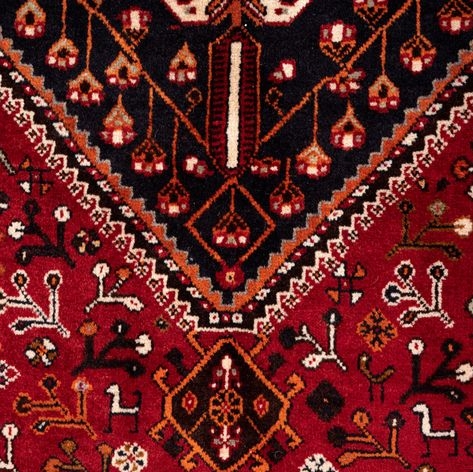
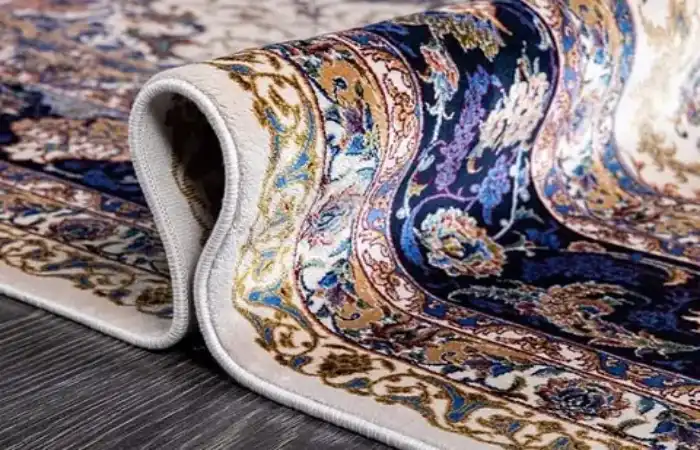
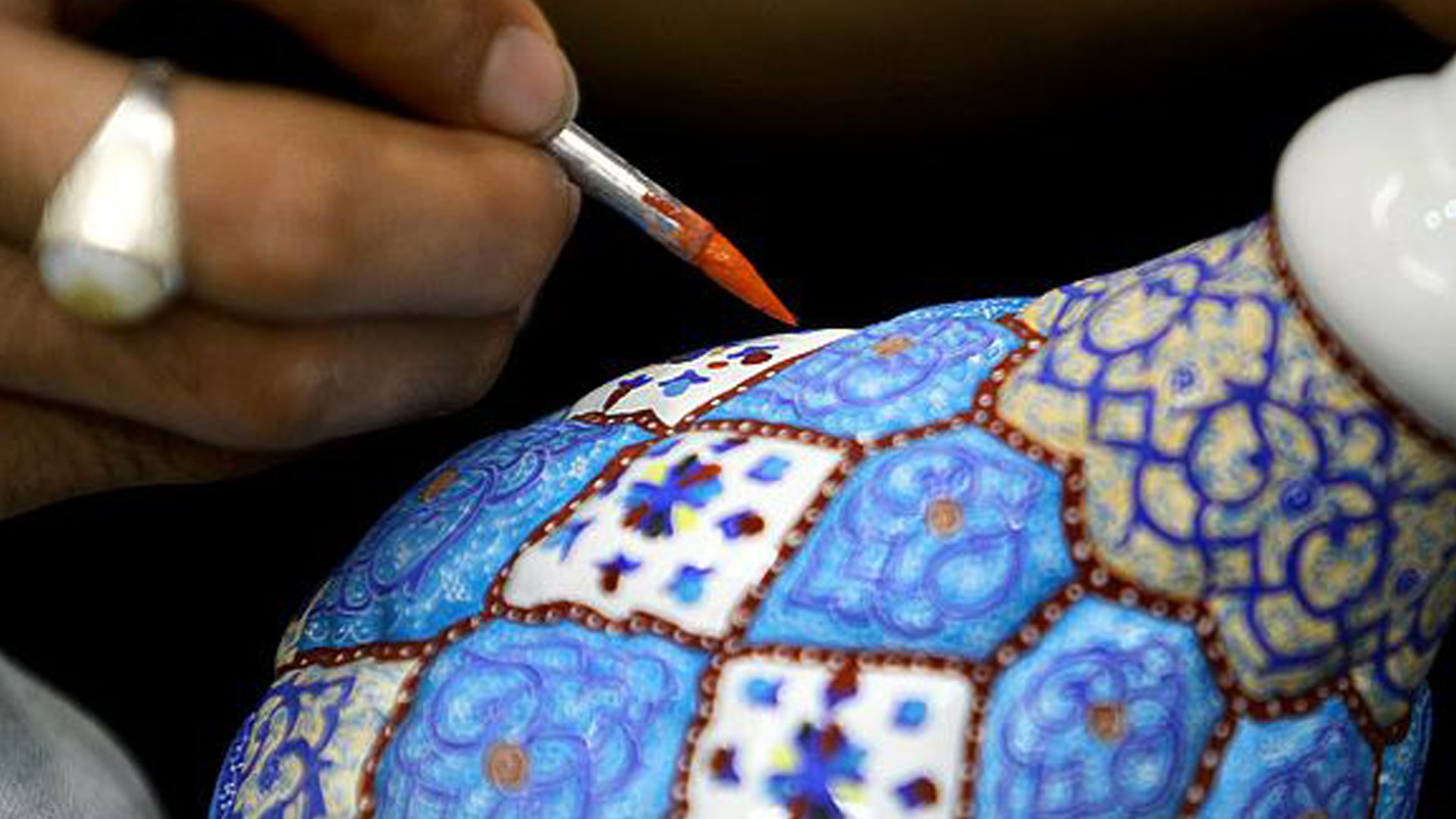
Comments